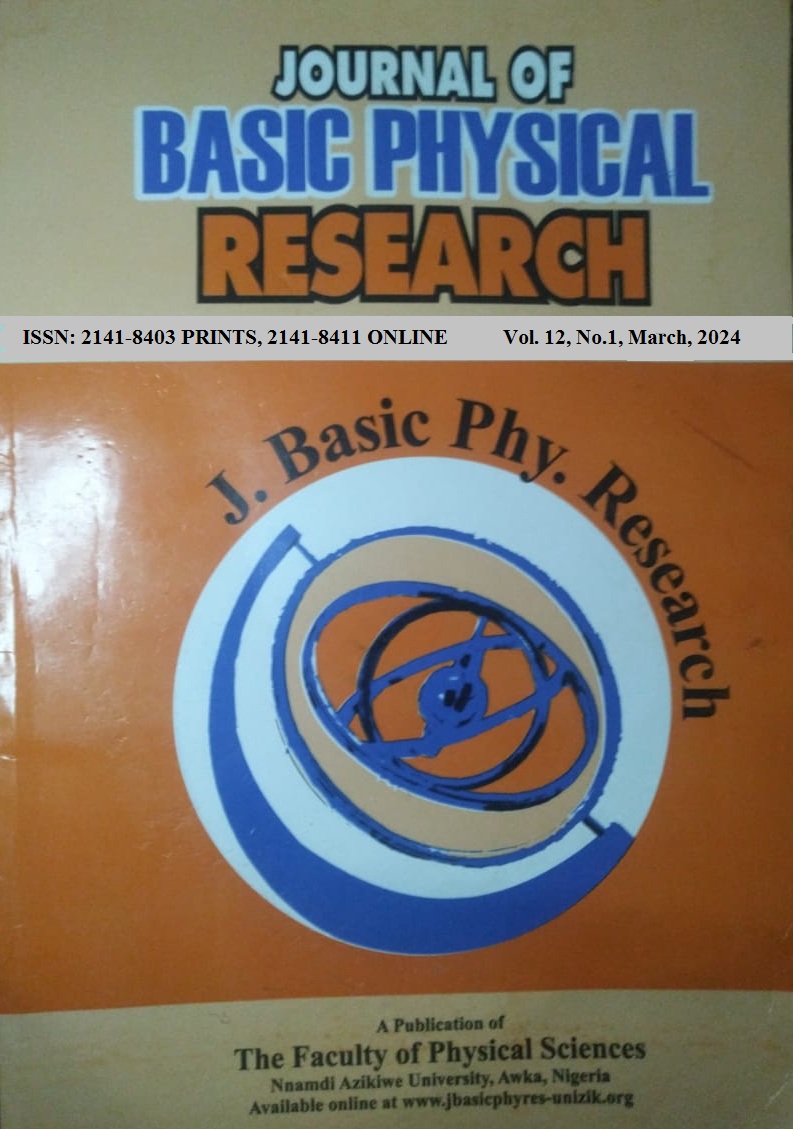TREKKING AS AN ALTERNATIVE INTRA CAMPUS TRANSPORTATION MODE AMONGST UNIVERSITY STUDENTS: THE ERGONOMIC CONCERN
Keywords:
Fossil fuel, Human factor engineering, Multivariate Analysis, Climate Change, Health Safety and Environment.Abstract
Trekking is an old means of transportation, as old as mankind. Its replacement with other modern means (beast of burdens, bicycle, tricycle, cars, trains, ships, aircraft, etc) is due to the quest to gain speed, reduce stress on humans at some reasonable associated cost. The use of combustion engines to propel the vehicles to motion and sustain the motion throughout the journey requires fuel. These fuels are often fossil based source, which are very expensive and hazardous to humans and the environment. Aside from environmental factors, the hike in the intra campus transportation fare resulting from the recent hike in fuel pump prices in
Nigeria has made students consider trekking as alternative means of transportation. The paper attempts to analyze the physiological cost of work and the relative aerobic strain on a student who decides to trek within school. The trekking time was relatively low (23.14±1.65 minutes) for the 1.58km distance from the gate to the department of Industrial and production engineering. The Aerobic Strain on all participants engaged in walking, irrespective of the period (morning, afternoon or evening session), gender and age, was less than 35% of their maximum aerobic capacity, and that of the jogging exercise was slightly higher (52.81±7.26). More so, the participants expend an average of 647.7±10.30 KJ per journey, which translates to about 154.95 Kcal. The research concludes that trekking as an alternative means of intra campus transportation is physiologically safe for the students, irrespective of gender, age and period of the day.


